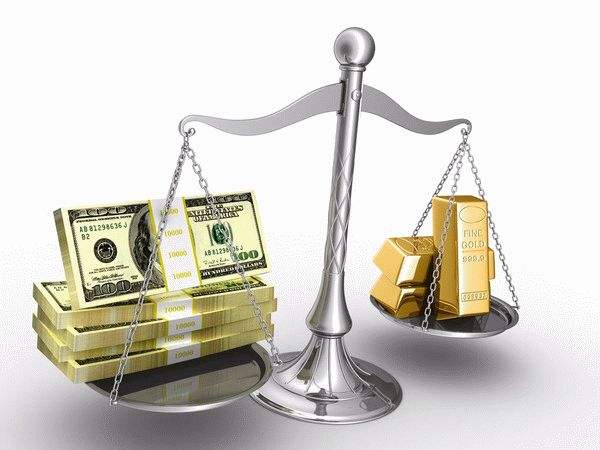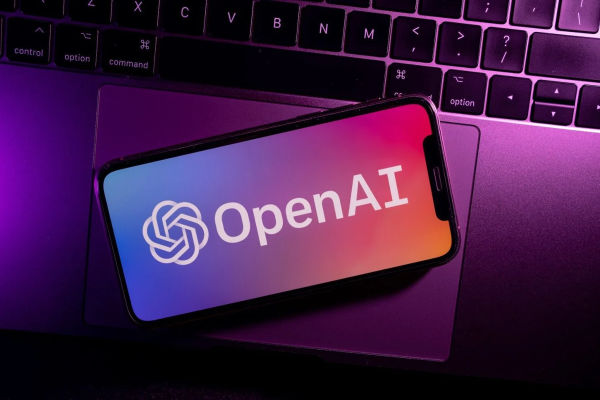A dual exchange rate regime refers to the existence of two different official
Exchange rate regimes in a country or region. In general, the official exchange
rate of a country refers to the exchange rate published by the central bank,
which is used to guide international currency transactions and the operation of
the foreign exchange market. The dual Exchange rate regime means that there is
another exchange rate system besides the official exchange rate. The exchange
rate of this system is usually determined not by the central bank but by market
supply and demand.

The dual Exchange rate regime usually occurs in some countries or regions
with special economic systems, such as countries in the period of planned
economic transition or countries with serious economic crises. Under these
circumstances, the government may adopt a dual Exchange rate regime to control
the operation of the foreign exchange market in order to deal with the
instability of the market and control capital flows. In this way, the official
exchange rate is used for normal international trade and capital flows, while
another exchange rate system is used for specific economic activities or capital
accounts.
Under a dual exchange rate system, the official exchange rate is often set at
a lower level by the government or central bank to encourage exports and attract
foreign investment. This official exchange rate is usually used for formal
international trade and foreign exchange transactions, and the government or
central bank will provide liquidity in the foreign exchange market to ensure the
stability of the official exchange rate. However, due to the fact that official
exchange rates often do not match market supply and demand, unofficial exchange
rates have emerged.
Non-official exchange rates are usually freely determined by market
participants based on supply and demand. This exchange rate is closer to the
actual market situation, so it is more widely used in informal economic
activities. Unofficial exchange rates are usually traded on the black market or
through informal channels, such as foreign exchange exchanges, underground
banks, etc. The formation of the unofficial exchange rate is affected by market
factors such as economic conditions, political stability, capital flows,
etc.
The existence of a dual Exchange rate regime often reflects the instability
or immaturity of the economic system. It may lead to market distortions and
unfair competition as different exchange rate systems may bring different profit
margins to different participants. In addition, the dual Exchange rate regime
will also increase the complexity of foreign exchange management, increase the
risk of government intervention, and may lead to uncertainty about the exchange
rate and distrust among investors.
The dual exchange rate system is more common in some countries in the
transition period of their economic systems or where Foreign exchange controls
are relatively strict. This system can help governments or central banks control
the foreign exchange market, maintain the balance of payments, and maintain
monetary stability. However, with economic development and the gradual
relaxation of Foreign exchange controls, many countries have gradually abolished
the dual exchange rate system and adopted the single exchange rate system. A
single exchange rate system means that there is only one official exchange rate,
which is more in line with market supply and demand, reducing the instability of
the foreign exchange market and the uncertainty of capital flows.







